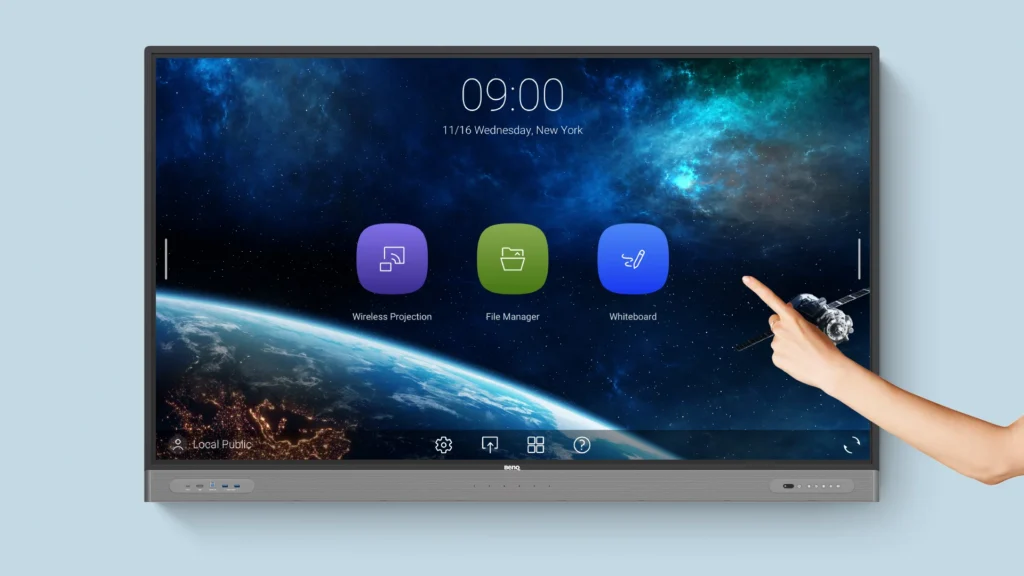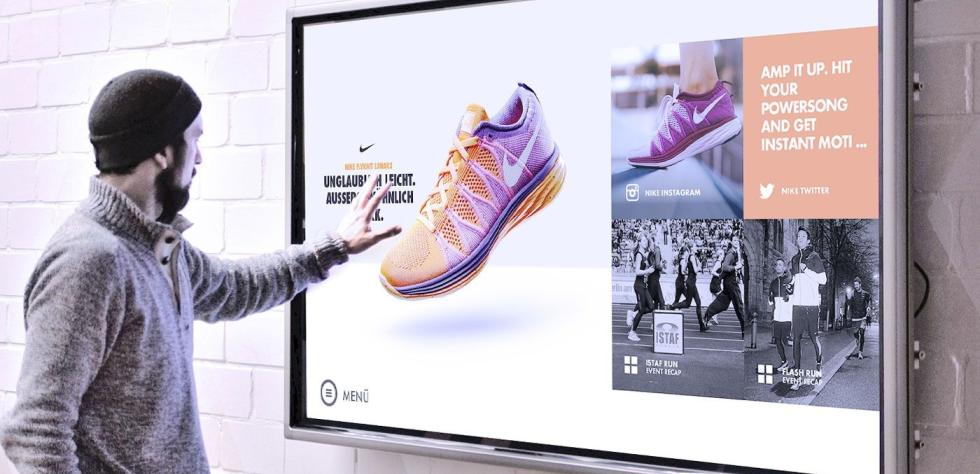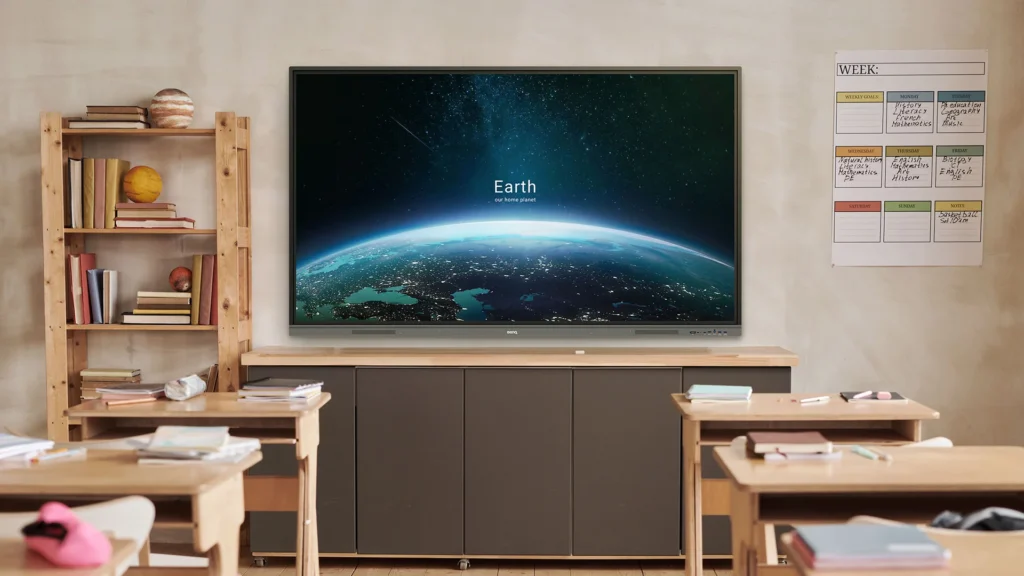
Interactive screens have transformed the way we interact with technology, blending physical touch with digital responses to create immersive experiences. From educational tools to retail displays, their versatility and user-friendly nature have made them a cornerstone of modern technological interaction. This article explores the ins and outs of interactive screens, their applications, and their impact on society.
1. Understanding Interactive Screens

1.1 Definition and Overview
Interactive screens are like magic windows that respond to our touch, allowing us to interact directly with digital content. The technology behind this involves sensors and software that recognize and translate touch into actions. There’s a fascinating variety of interactive screens, from the smartphones in our pockets to massive digital billboards.
1.2 Historical Evolution
The journey of interactive screens began long before the smartphones era. It started with the inception of touch technology in the 1960s and has since passed through several milestones, including the development of resistive and capacitive touchscreens, to the sophisticated, multi-touch experiences we have today.
1.3 How They Work
The science of touch recognition is pretty awesome. Whether it’s capacitive, resistive, or infrared technology, each type has its unique way of detecting user interaction. The process from touching the screen to the device performing an action involves complex algorithms and technology that work seamlessly to create a user-friendly experience.
2. Applications of Interactive Screens

2.1 Education
Remember the chalkboards our teachers used? Now, imagine classrooms equipped with interactive screens, making learning a dynamic and engaging experience. These tools are not just confined to classrooms but also enrich libraries, providing interactive learning resources that benefit both students and teachers.
2.2 Retail and Advertising

Shopping has never been so interactive. From trying on clothes virtually to interactive kiosks that suggest products based on your preferences, the future of shopping is here. In advertising, interactive screens capture attention, offering a more engaging way for brands to connect with consumers.
2.3 Hospitality and Healthcare
In hospitals and hotels, interactive screens are improving experiences by streamlining services. Patients and guests can access information, request services, and even control room settings, making their stay more comfortable and personalized.
3. User Experience (UX) and Design Considerations

3.1 Designing for Engagement
Designing interactive screens is an art. It’s about balancing aesthetics with functionality to create experiences that not only look appealing but are intuitive to use. The goal is to enhance user interaction and satisfaction, making every touch a delight.
3.2 Accessibility and Inclusivity
Ensuring interactive screens are accessible to everyone, including those with disabilities, is crucial. This means thoughtful design practices that cater to a diverse range of users, emphasizing the importance of universal design.
3.3 Future Trends in UX Design
The future of UX design for interactive screens is exciting. From anticipating user needs to integrating with augmented and virtual reality, designers are constantly innovating to make interactions more natural and immersive.
4. Challenges and Considerations

4.1 Privacy and Security
With great technology comes great responsibility. Interactive screens in public spaces raise valid concerns about data protection and user privacy. It’s essential to ensure that user information is safeguarded and that ethical considerations guide the deployment of these technologies.
4.2 Maintenance and Durability
Keeping interactive screens in tip-top shape is no small feat. From wear and tear to software updates, ensuring they remain reliable over time is a challenge that requires smart solutions and regular maintenance.
4.3 Environmental Impact
We can’t ignore the environmental footprint of interactive screens. From manufacturing to disposal, finding ways to minimize impact and adopt eco-friendly practices is crucial for sustainability.
5. The Future of Interactive Screens

5.1 Innovations on the Horizon
The future looks bright, with technological advancements promising to take interactive screens to new heights. From ultra-responsive touch technology to screens that can seamlessly blend into their environment, the possibilities are endless.
5.2 Integration with Emerging Technologies
Imagine a world where interactive screens are integrated with virtual and augmented reality or the Internet of Things (IoT), creating experiences that enrich our real-world interactions in unimaginable ways.
5.3 Potential Societal Impacts
As interactive screens become even more embedded in our daily lives, they have the potential to reshape education, work, and social interactions. With these changes come ethical considerations and a responsibility to use technology in ways that benefit society as a whole.
Summary and Conclusion
Recapping the transformative journey of interactive screens, this article has delved into their workings, applications, and the considerations necessary for their evolution. Through understanding the capabilities and potential of interactive screens, we’re not just looking at screens but into a future where digital and physical realms merge seamlessly